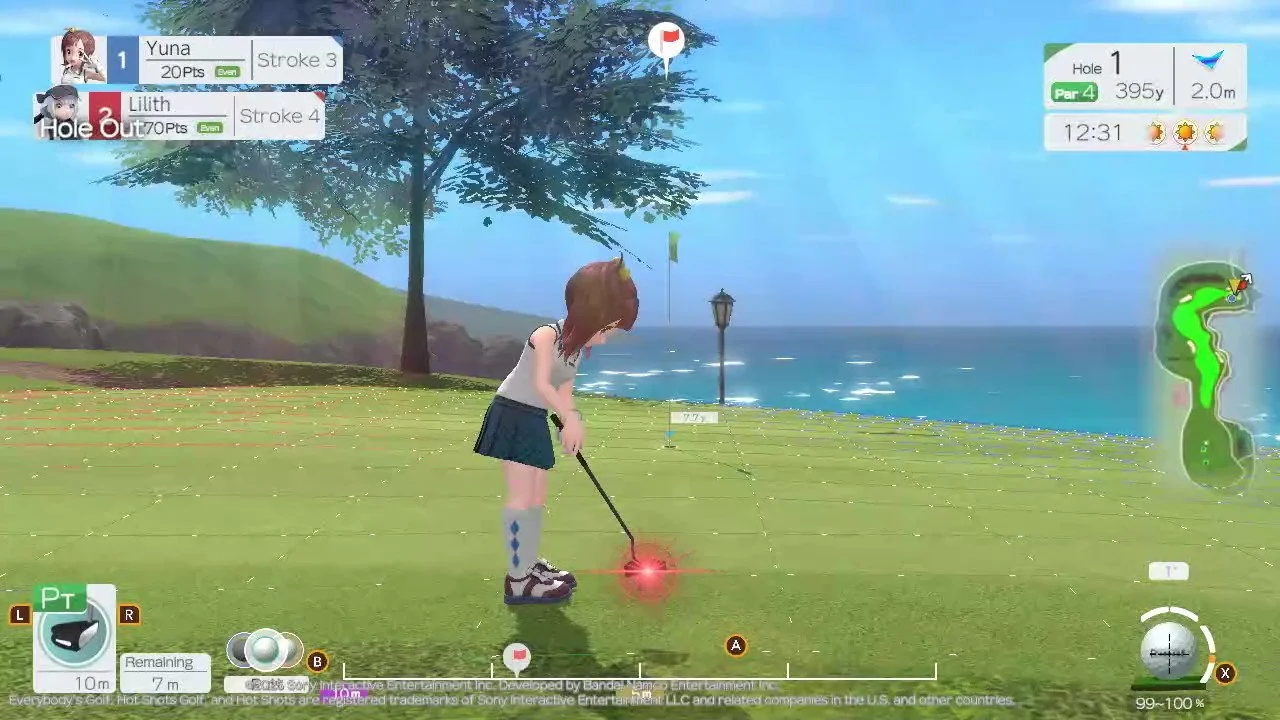Frostpunk 2 Impressions: Mastering Survival and Politics in the Cold
/Frostpunk 2 instantly hooked me with its addictive blend of city-building and survival. Within minutes, I found myself completely absorbed by two things: the progression of its harrowing story and the relentless trial-and-error gameplay that punishes every misstep. It’s a brutal, yet satisfying challenge that had me coming back for more.
For those unfamiliar, Frostpunk 2 takes place after the events of the first game. New London survived the Great Winter, evolving into a city of hope for those still fighting the deadly cold. Now, in the sequel, the city is bigger, home to thousands. The protagonist from the first game, "The Captain," has passed away, and a new leader, The Steward (you), emerges.
The stakes are higher. Coal, the resource that keeps everyone alive by fueling the generator, is becoming scarce as the years go by. Your mission is to figure out alternative resources to keep the generator running while managing a city on the brink.
Politics in the Cold
One of the game’s latest challenges is navigating the politics within the city. You're managing not only survival but also various factions and leaders with their own beliefs. A city council has been established where laws are voted on, each decision impacting the city in major ways. You’ll need to keep key figures on your side if you want to maintain control. Being cast out for poor leadership is a very real possibility, which could lead to a failed campaign (which happened to me in the first five minutes).
It’s overwhelming at first. In just my first few hours, I was bombarded with requests from faction leaders and citizens, each with their own demands. You have to ensure food reserves are stocked, materials are managed, and that people aren’t freezing or spreading disease. The game’s new city management system uses districts placed on a hexagon grid map. Each district brings more resources but requires heat to function. They also eat into your workforce—a crucial resource for gathering materials, constructing buildings, and even breaking ice to expand the city.
It’s intense. I found myself resetting several times during the first chapter, trying to keep the city afloat. It’s a balancing act where a single mistake can send the entire ecosystem spiraling out of control. Sometimes it’s easier to reset and learn from those mistakes as I found it’s very difficult to bounce back when something goes completely wrong like failing to provide enough coal, resulting to people freezing and getting sick slowly as you try to fix it. One playthrough, I fixed the heat problem but failed to feed everyone. In another, I prioritized food but neglected materials, which led to crime and stunted population growth. In one especially rough run, I failed to provide enough housing, which triggered a wave of diseases that crippled my workforce and left me unable to tackle other crises.
A Rewarding Challenge
It definitely has a steep learning curve, but it’s not frustrating—in fact, I appreciated the challenge. Each retry gave me a better understanding of how to achieve a successful run. As I figured out the mechanics, I was rewarded with a deeper story progression. Frostpunk 2 isn’t just about survival; it’s about watching your city’s narrative evolve as you solve each new problem. By the end of Chapter 1, I was hooked, eager to see what else would unfold in New London.
With just Chapters 1 and 2 completed, I can already tell that 11 Bit Studios has crafted a worthy sequel. I’m excited to see how my campaign continues to unfold.








If you can get past Once Upon A Katamari's sticky controls and a general sense of deja vu, the many time periods, customizable cousins, unique challenges, and features make even a decades-old formula feel fresh again.